From the Atlantic Ocean...... pic.twitter.com/B03lMnVKUr
— Greg Redfern (@SkyGuyinVA) December 4, 2017
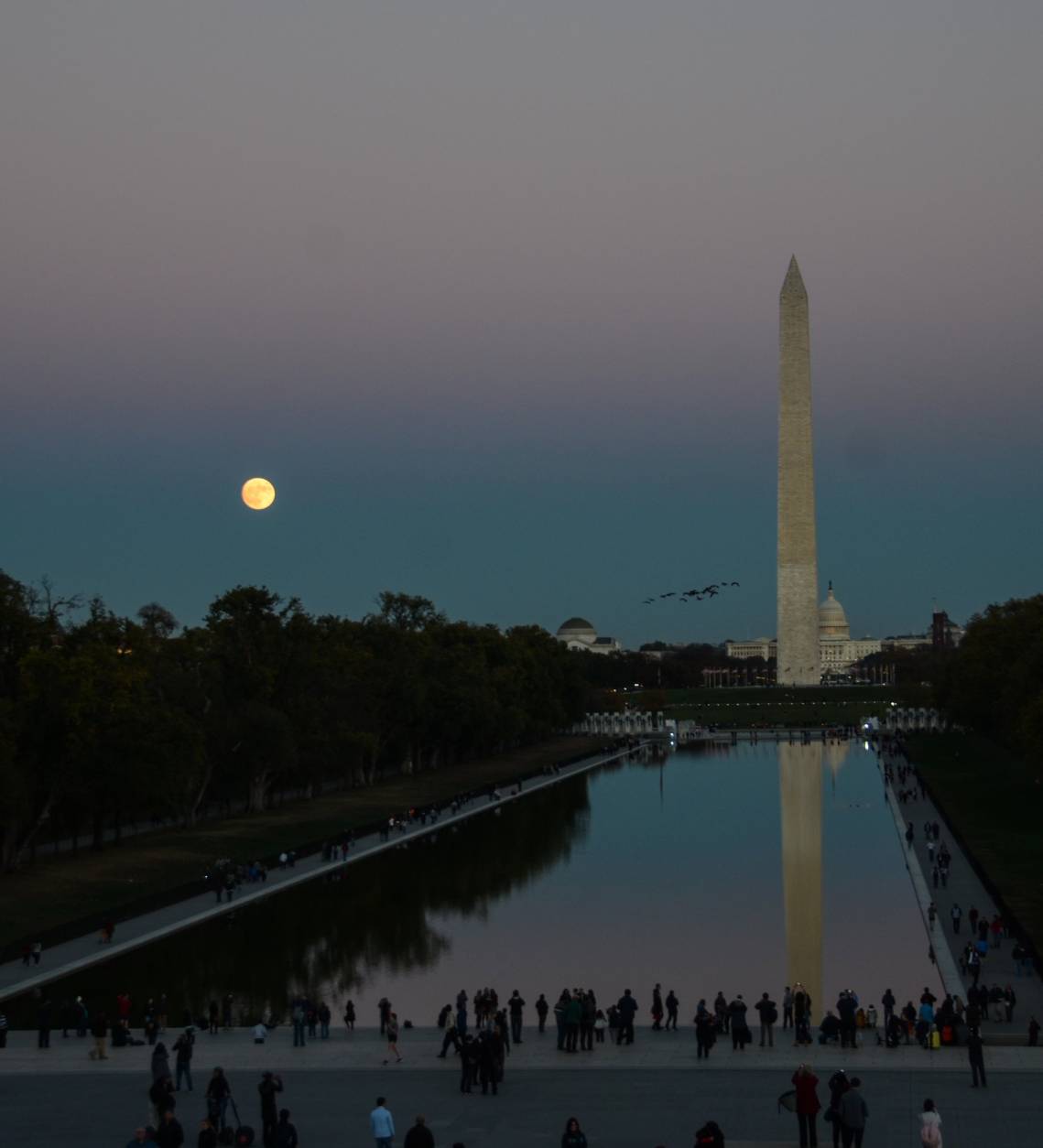
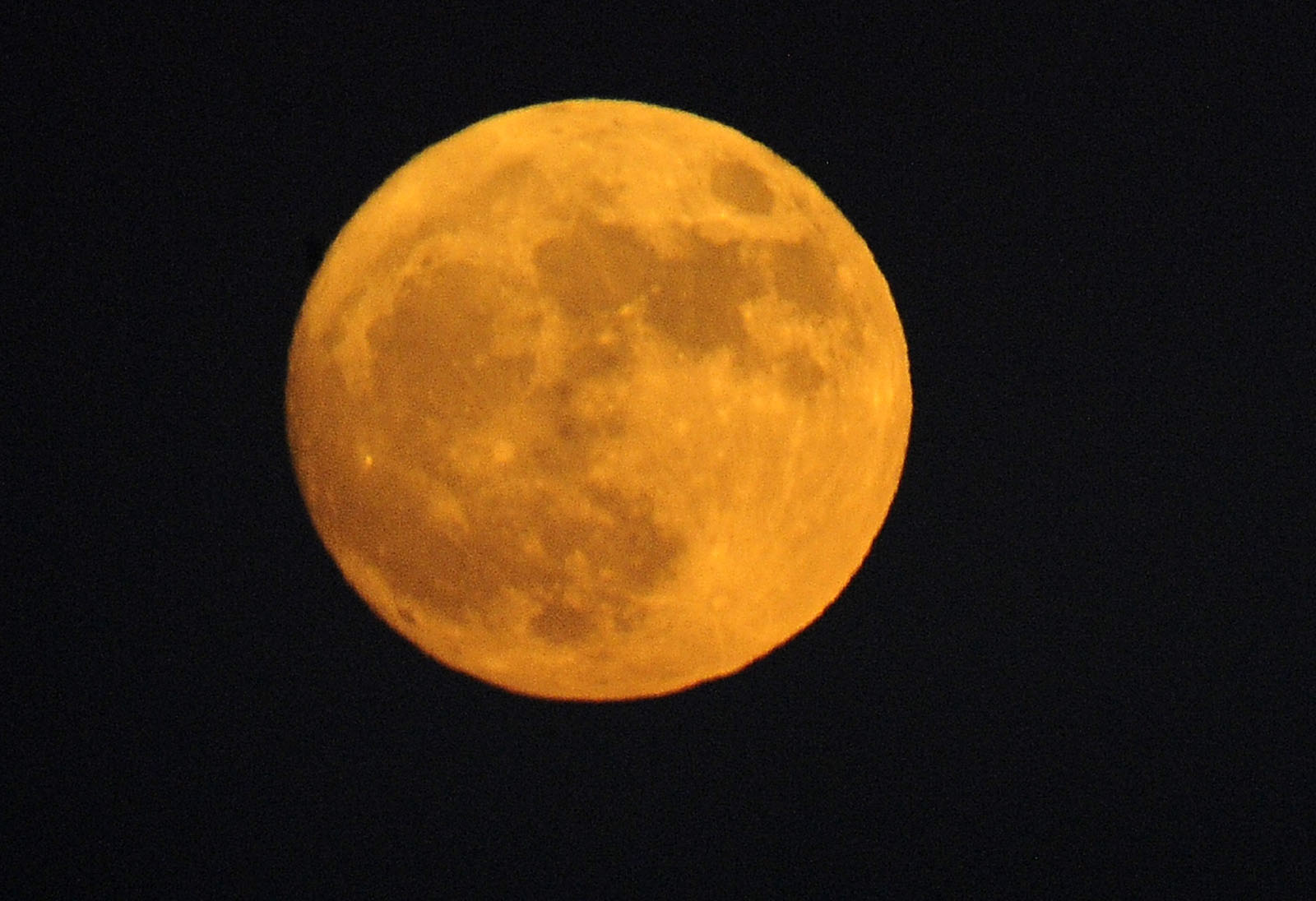
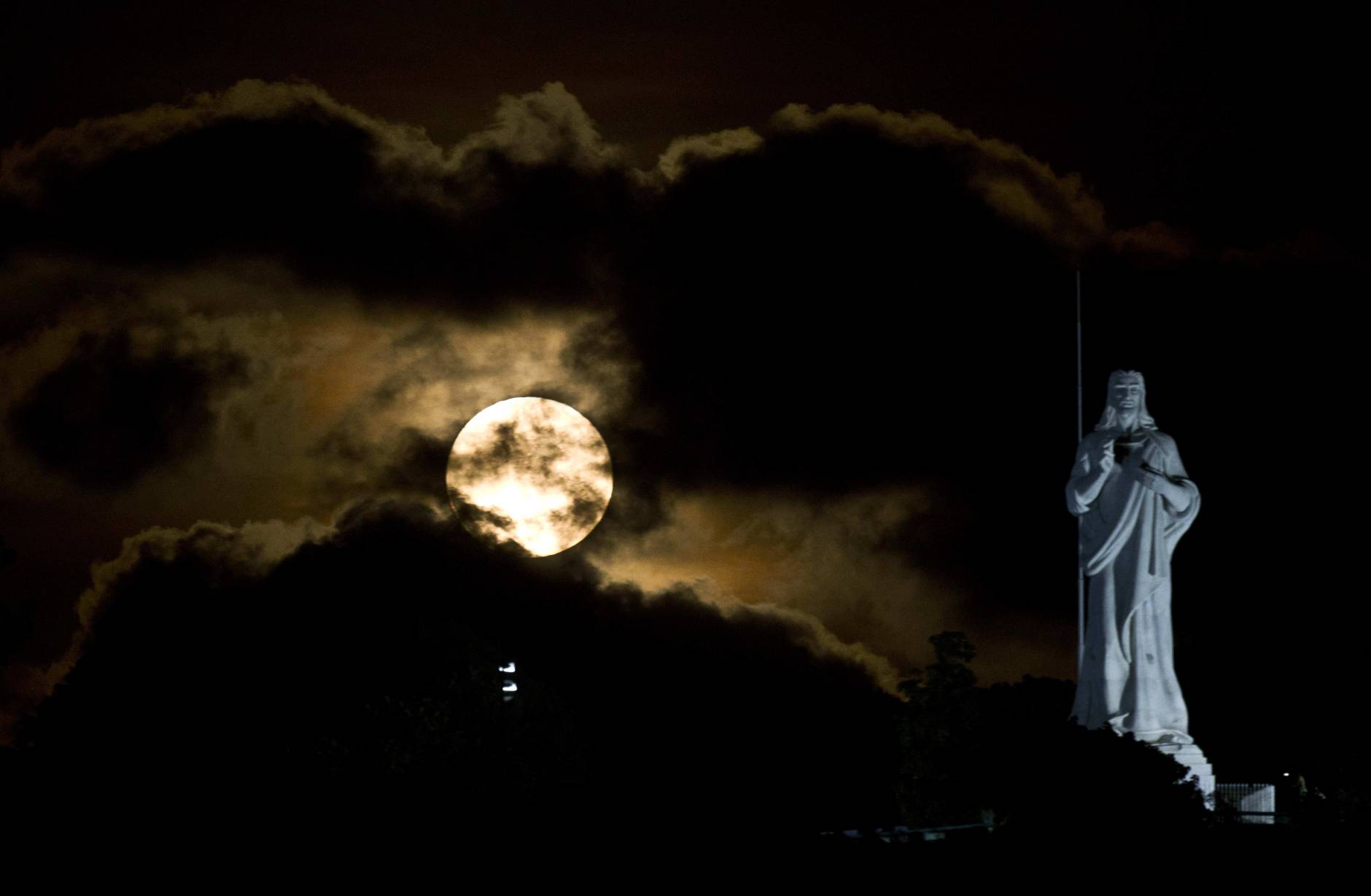
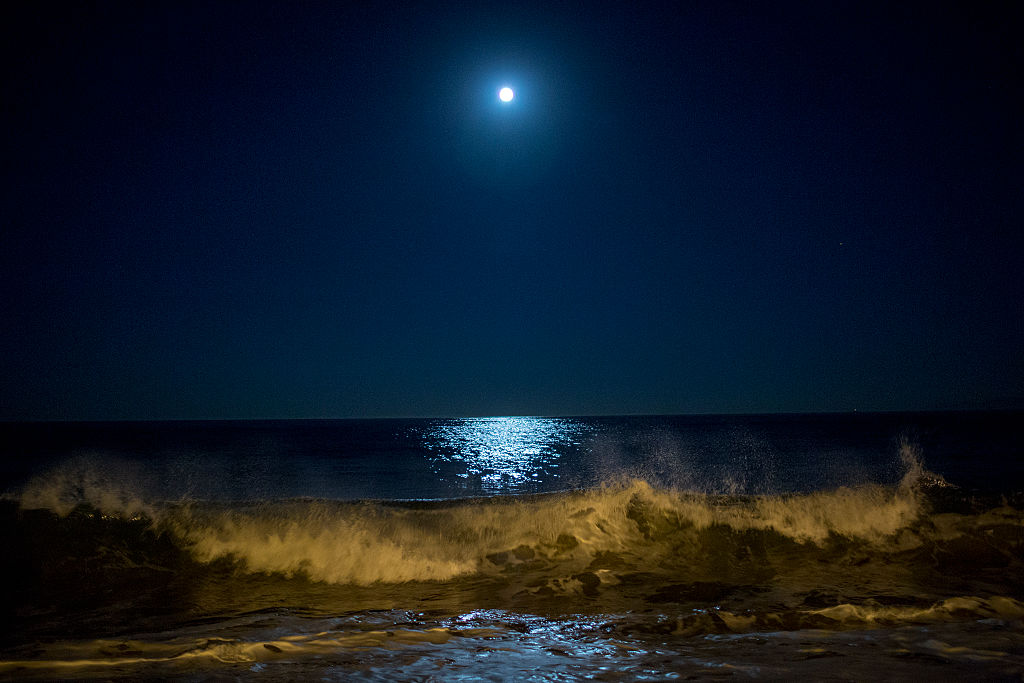
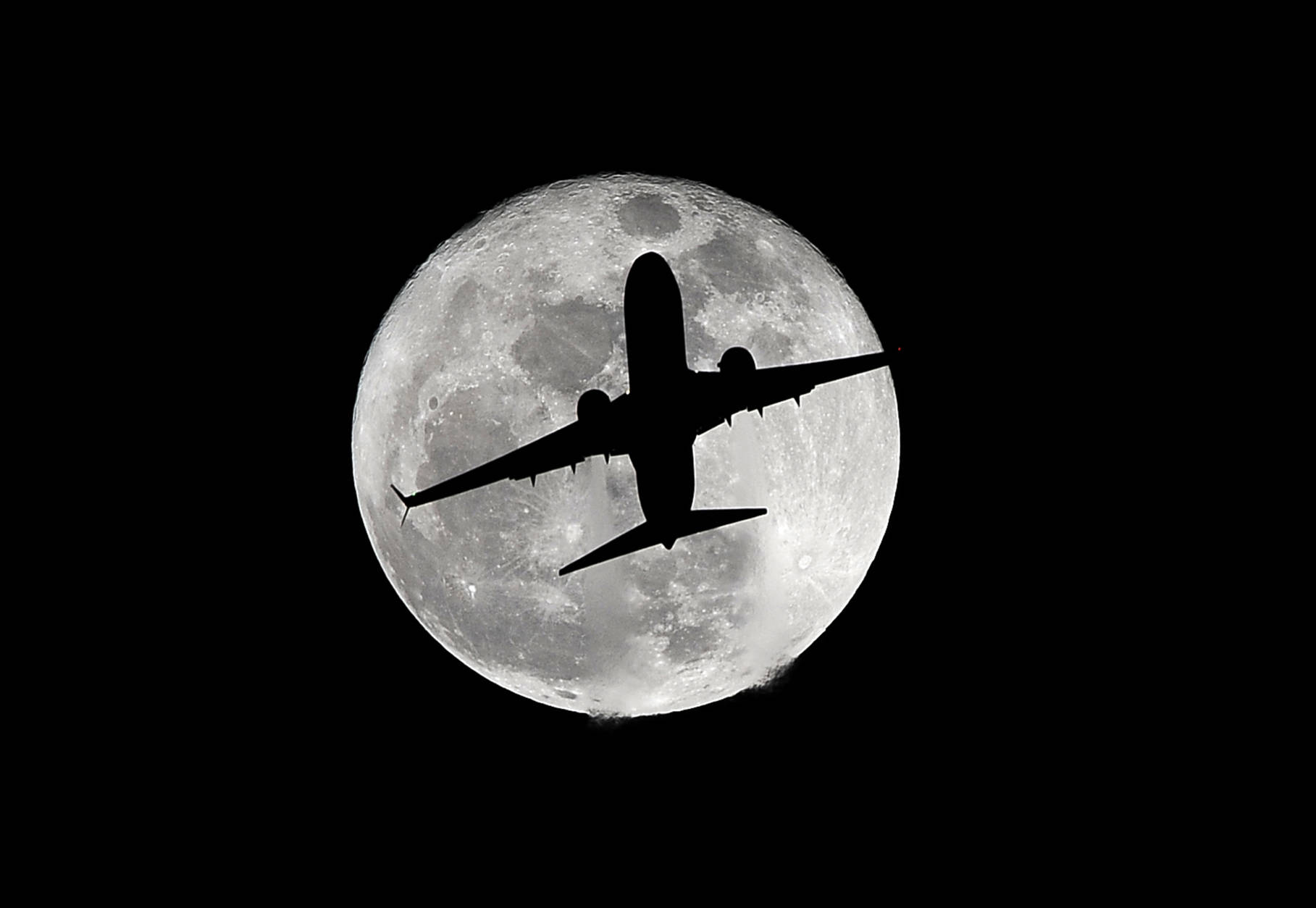
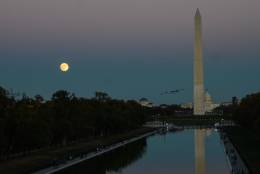
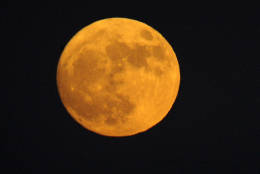
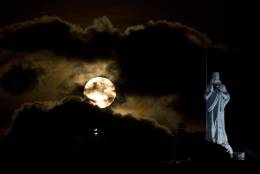
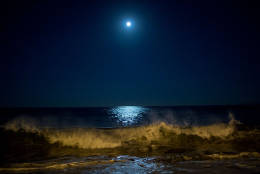
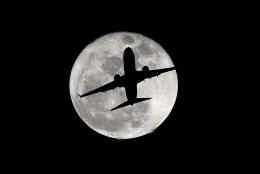
Hello, DMV, from the middle of the Atlantic Ocean aboard Regent Seven Seas EXPLORER. It has been a typical trans-Atlantic crossing in November — read: cloudy and stormy — but it appears to be clearing just in time for Supermoon Sunday. I am hoping to photograph the full cold supermoon as it rises above the sea horizon. That should be something to see.
On Sunday at sunset, you will see a glorious full cold supermoon rising in the east that may appear brighter and a bit larger than other full moons of 2017. The moon will be at full phase (directly opposite the sun) at 10:47 a.m. EST on Sunday and at perigee (closest to the Earth for the month) on Dec. 4th at 3:42 a.m. EST — less than 24 hours apart, hence the supermoon.
This is the only supermoon for 2017 and is also the closest full moon for the year.
This time of year will also make this supermoon brighter, as explained by NASA, “because the Earth will be at its closest to the sun (called perihelion) in early January, the sunlight reaching and reflecting off the Moon this time of year is about 7 percent more intense (than at aphelion in early July), making wintertime supermoons even brighter.”
Spaceweather.com estimates that this full cold supermoon will be 8 percent wider and 16 percent brighter than an average full moon. Experienced moon watchers can tell the size difference but the extra brightness is usually noticed by all.
Go out Saturday night and enjoy the almost full cold supermoon. If Sunday is a wash out, don’t fret. We will have two supermoons in January — the second being a blue moon that will also undergo a total lunar eclipse that will only be a partial lunar eclipse before sunrise for the DMV.
Oh, and when looking at the Moon, wink at it in remembrance of Neil Armstrong — first human to walk on the Moon.
Follow Greg on Twitter @skyguyinva and his daily blog to keep up with the latest news in astronomy and space exploration. Email him at skyguyinva@gmail.com.







